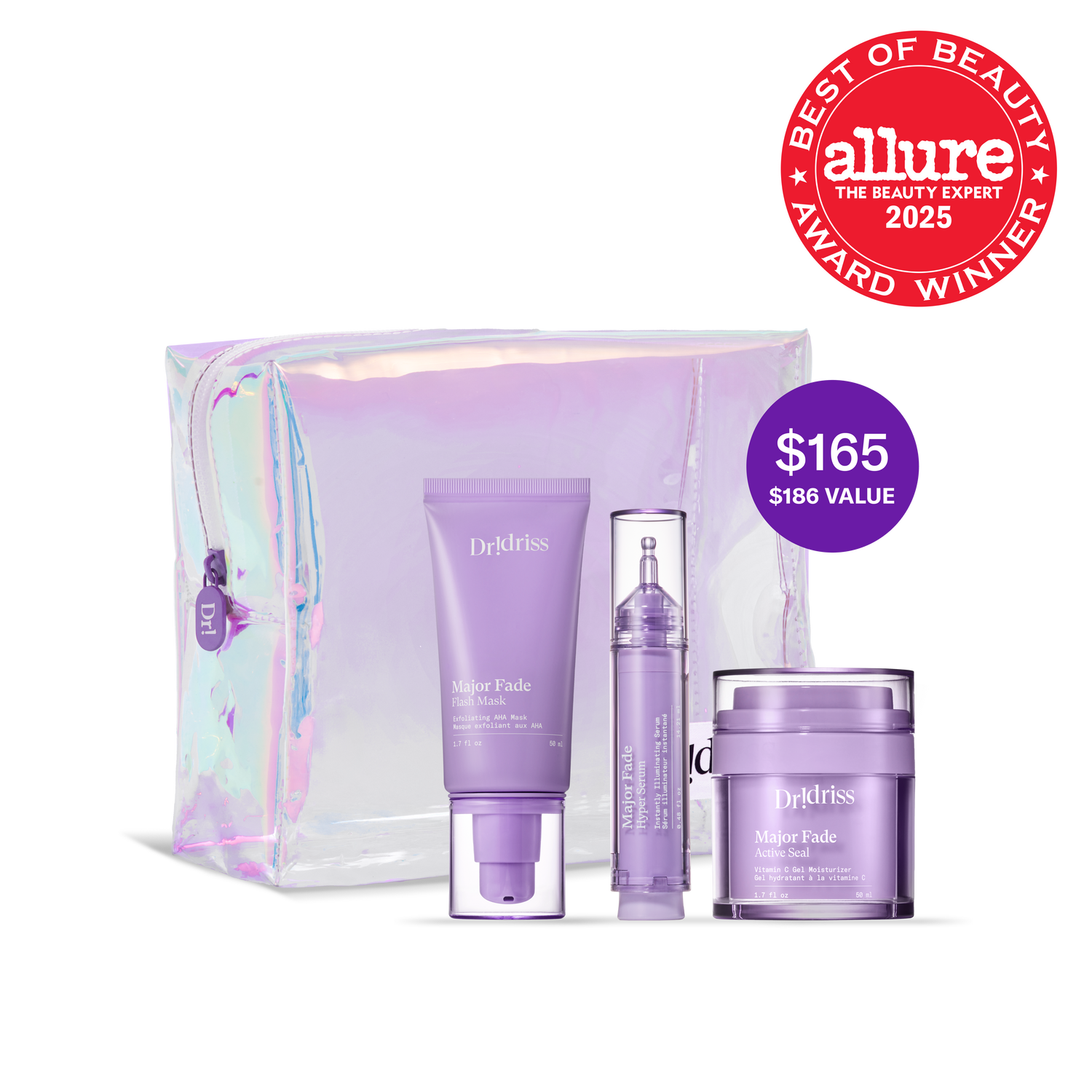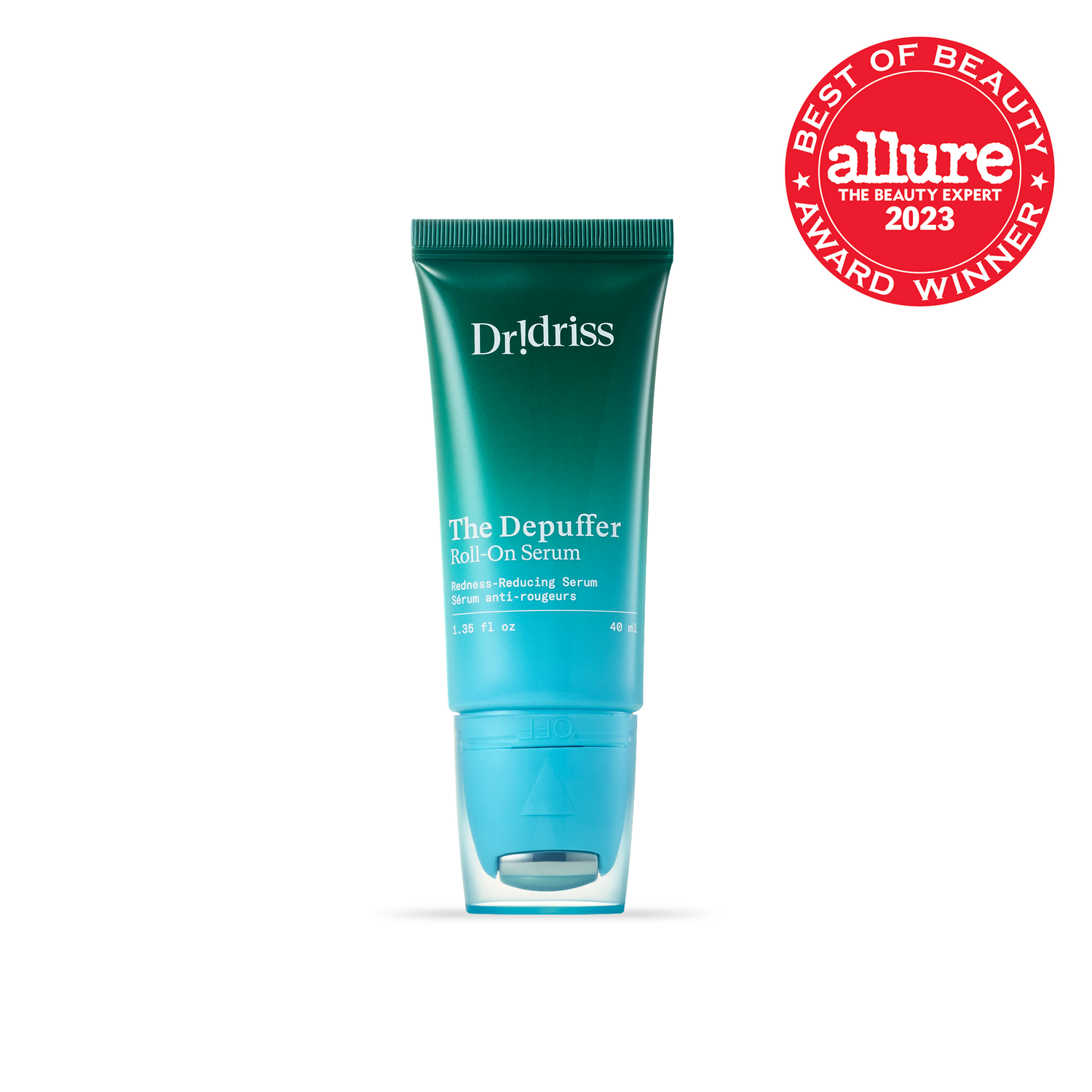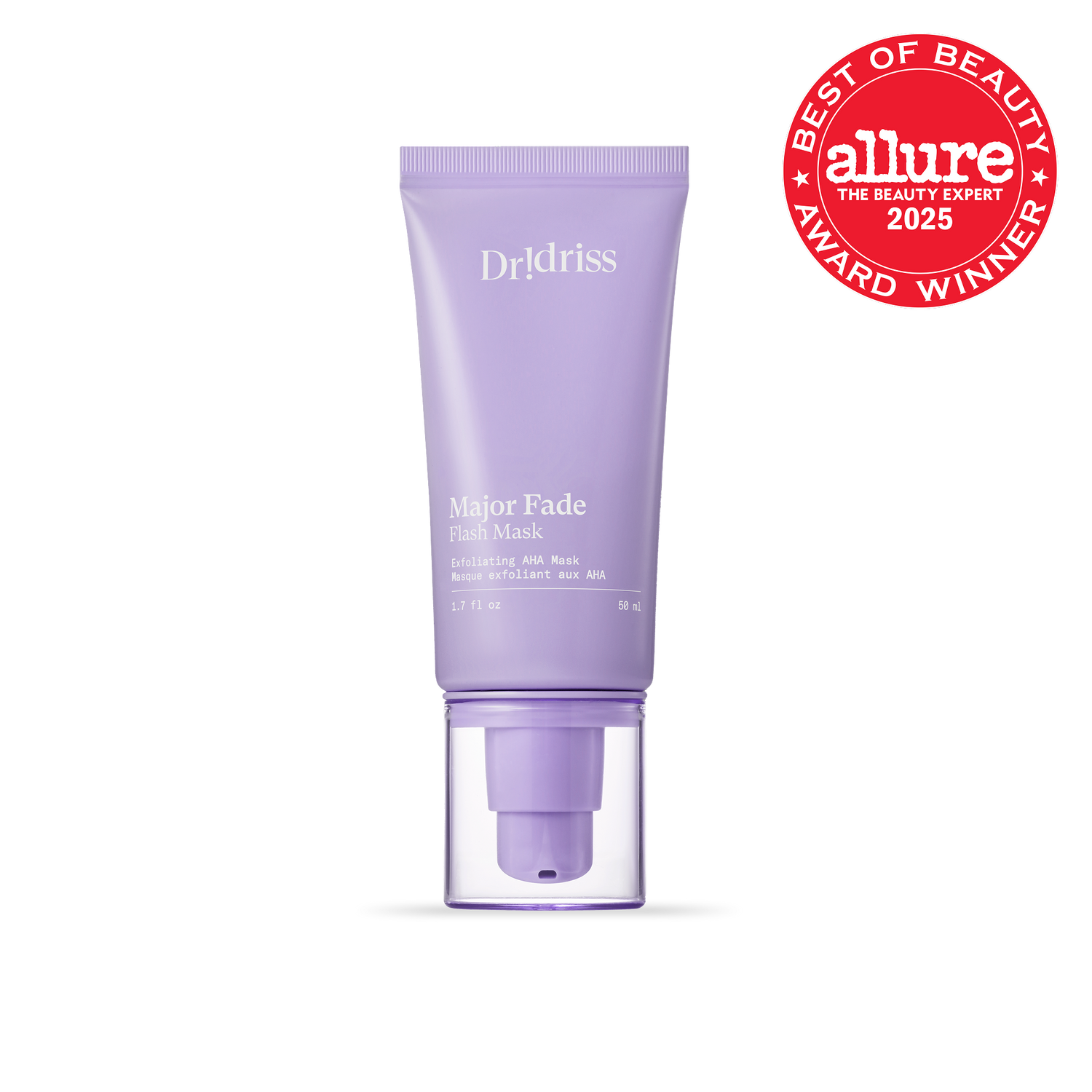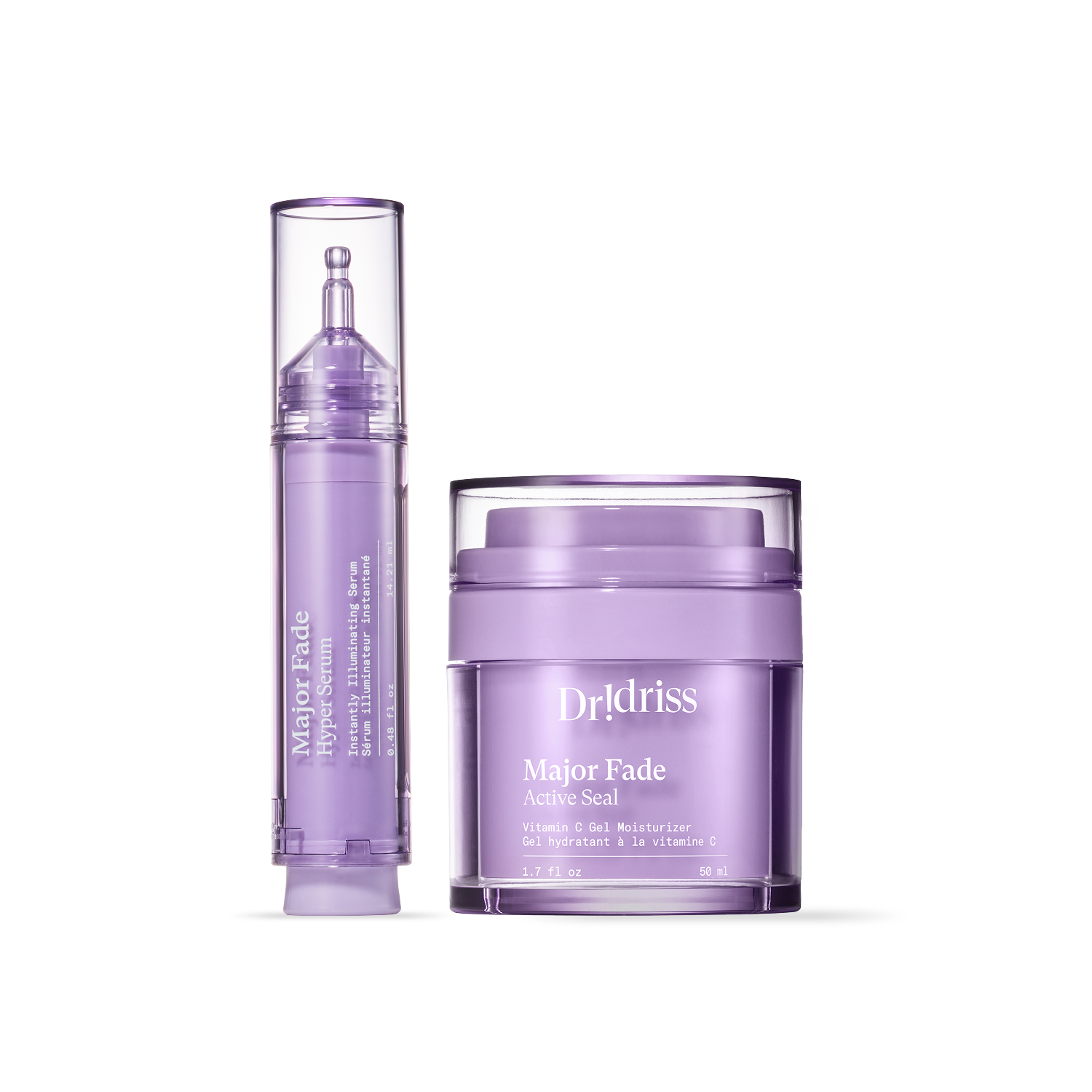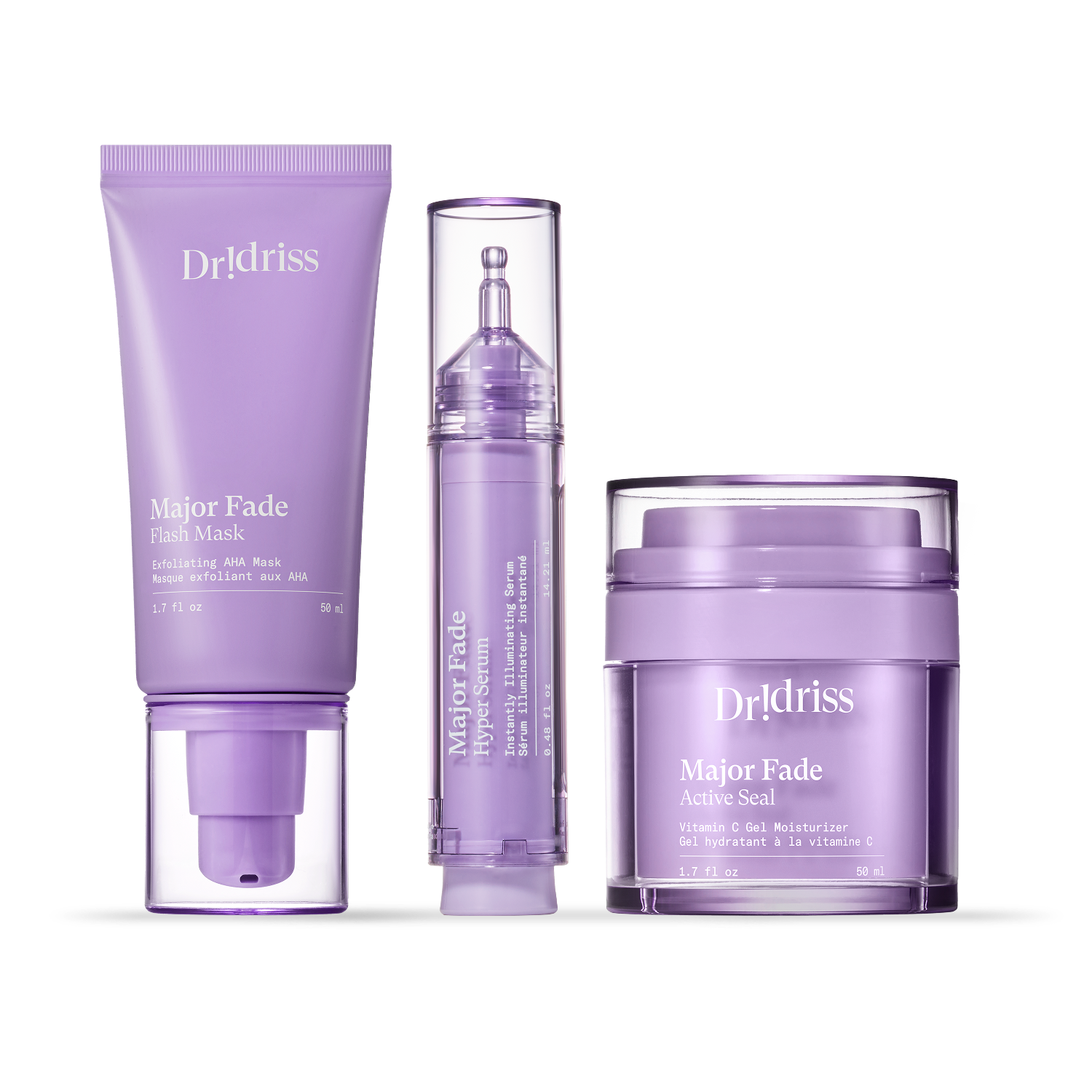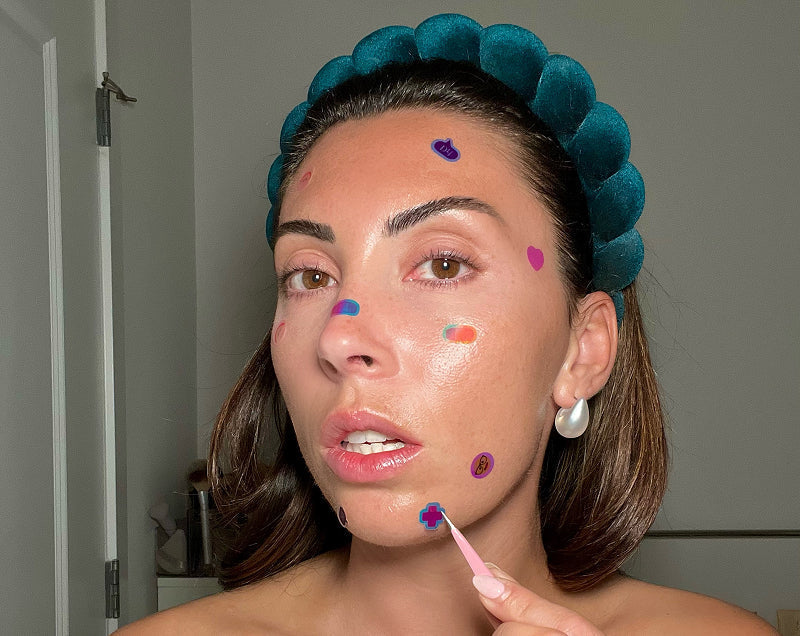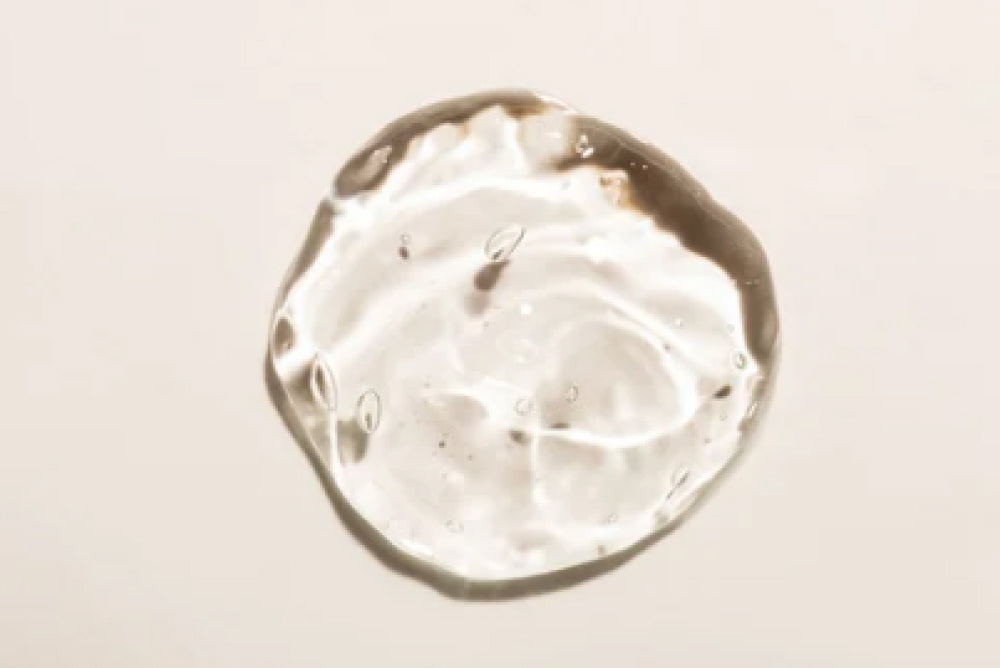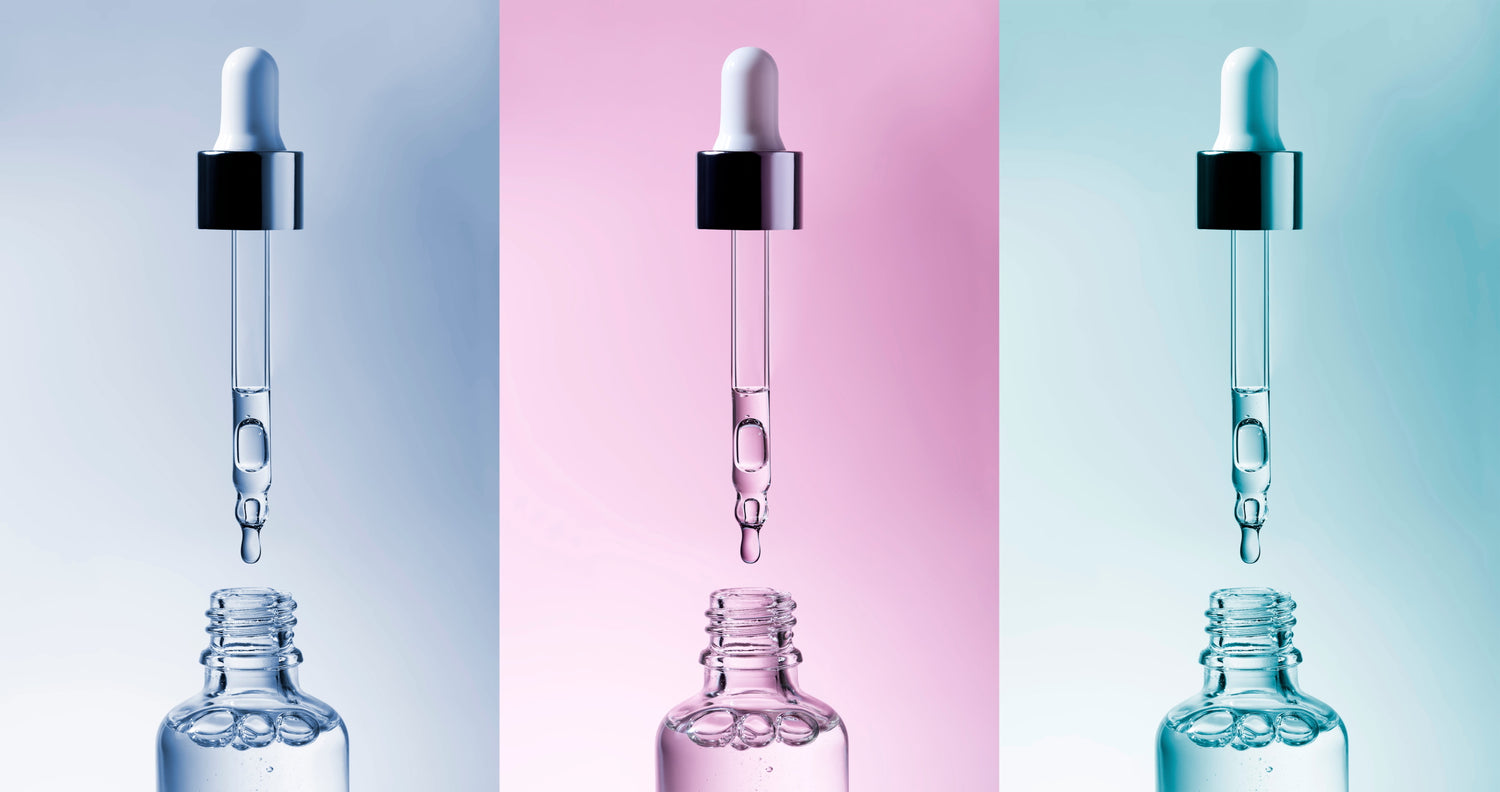
Who here has major retinol envy but is too scared sh*tless to try it? Well, firstly, don’t be, and also try not to base your apprehension on a handful of retinol-gone-wrong accounts. Most of the time, these only ever occur when retinol precautions aren’t followed, so to alleviate any anxiety, I’m going to cover all the bases today in this easy retinol for rookies guide. I’ll be answering frequently asked questions from how do I start? When do I start? How much do I apply, and where to apply for the best results? Pen’s ready?
Let’s jump in!
Where to Begin
As a dermatologist, a common mistake that I encounter is patients beginning way too strong with their vitamin A derivative. With retinol, more is certainly not more and will for sure result in a total skin freak-out, which is why I always advise an over-the-counter retinoid as a starting point for beginners. If you’re wondering WTF even is a retinoid, let me break it down for you…
Retinoids are divided into four categories or classes. Think of it as a family tree with different stages of conversion that increase in potency:
- The first is your retinol esters. These include retinyl acetate, palmitate, and propionate — the latter being the most effective. Esters are typically the mildest and least irritating and make the perfect entryway into the retinol game.
- Retinol — This is the most mainstream form. It’s stronger than your esters but not as potent as a prescription retinoid. But keep in mind that the consistent use of retinol can actually give you the same skin results as retinoic acid (Rx) hence why it’s often praised as the “gold-standard” and the most user-friendly ingredient for clear, plump, and smooth skin.
- Retinal is a step above retinol and provides better efficacy with not as much irritation or flakiness when compared to retinoic acid.
- Last but certainly not least is retinoic acid, AKA tretinoin. It’s prescription strength and the holy grail retinoid for a skin overhaul.
How and How Much to Use on Your Face
For an entire face, a pea-sized amount is more than enough. Remember, too much of a good thing can end up causing more harm than good so always be mindful that less is best in this regard. Also, it’s super important to know before starting that not all parts of your face are created equal! In fact, I personally can NOT tolerate any form of retinol around my mouth as I shed like a snake. Take the time to get to know your face and to see where and how your face tolerates it.
The Benefits of Retinol
There are plenty of perks that come along with this skin hero. It’s known to rev up cell renewal and collagen production and also does one helluva job in fading sunspots, acne scars, and hyperpigmentation to reveal a brighter, smoother, firmer, and more even complexion.
The Key to Using Retinol
Three words: consistency over intensity.
To put it bluntly, having continuously inflamed skin is never fun, and this can cause a counter-effect by aging your skin much quicker. So rather opt for retinol that your skin can tolerate on a long-term basis. I always suggest, to begin, try to incorporate your new retinol at least 2-3 times a week in your routine. Continue doing this for several weeks to months until you build a tolerance for it. Once your skin is no longer reactive, take this up a notch by adding an extra night, and eventually, after a year or so, your skin will be able to handle it every single night as opposed to every other night. You can use the same method when increasing your retinol concentration. Think, baby steps.
Final Notes
For those with sensitive skin, I have two extra tips for you:
- Don’t exfoliate on the same night that you use your retinol as this will heighten your skin’s sensitivity, so avoid any scrubs and exfoliants on these days and,
- Ensure that you always moisturize before applying your retinol. A moisturizer like Aveeno’s Calm + Restore, $18, which consists of soothing Avena Sativa (oatmeal) extract, will act as a buffer and help lessen irritation.
My Top Retinol OTC Product Picks for Beginners:
For face:
TRY Differin Acne Treatment Gel, $29
TRY L’Oréal Revitalift Derm Intensives Night Serum with 0.3% Pure Retinol, $37
TRY IT Cosmetics Hello Results Wrinkle-Reducing Daily Retinol Serum-in-Cream, $69
For the under eyes:
TRY Kate Somerville +Retinol Firming Eye Cream Treatment, $88 (this is specifically formulated for the eye area, which I then follow up with moisturizer and my nightly retinol for the face).
Let’s Get Intimate – Retinoids






